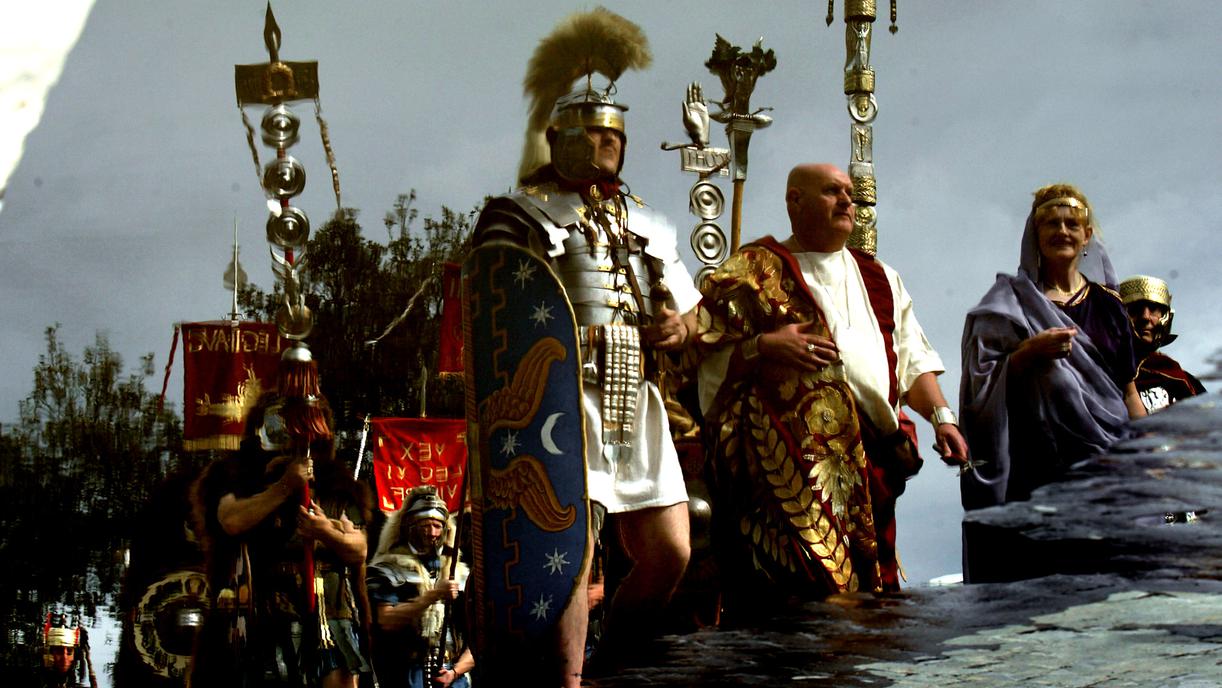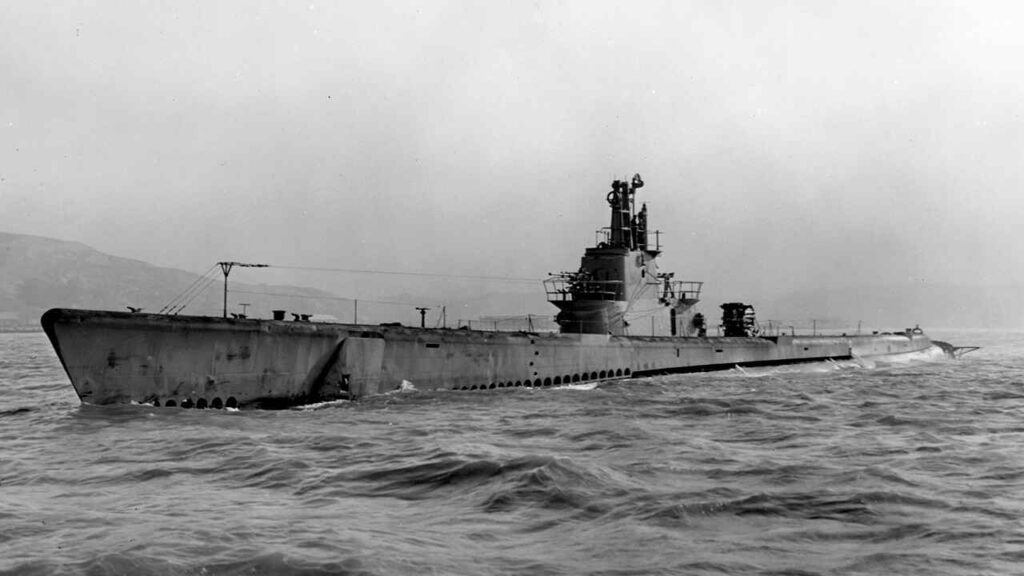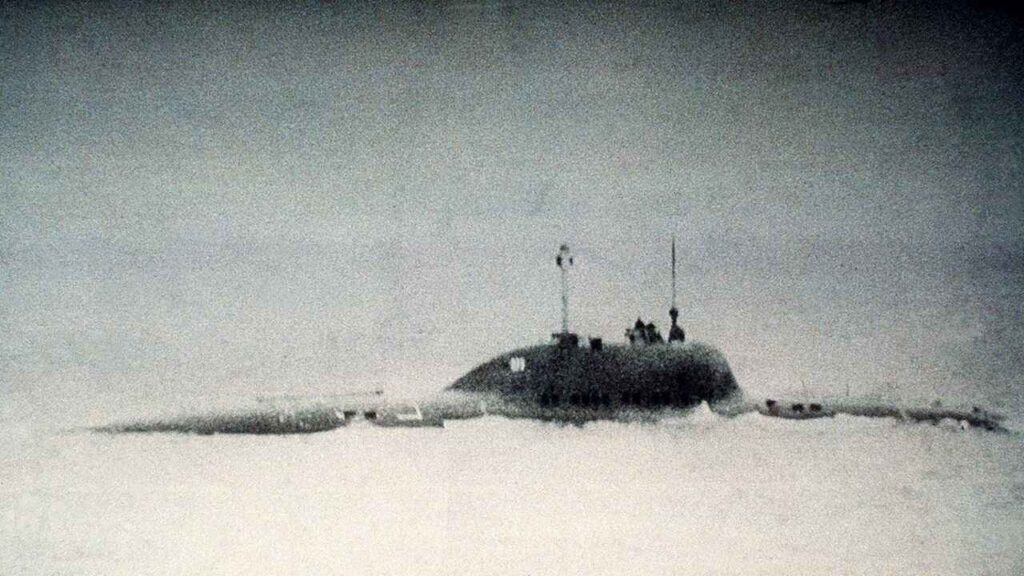
America Wasn’t the First World Power—Here Are History’s Five Most Powerful Superpowers
While the world has known many great empires, the list of superpowers is shorter. It is much harder for a state to become and maintain superpower status because that requires an overwhelming dominance over all its rivals. As with lists, there is no way to include everything that deserves a mention, and I have admittedly left out strong contenders like the Ottoman Empire, the Persian Empire, the Spanish Empire, the Arab Empire, the Mauryan Empire and the Tang Dynasty. Here are five of the greatest superpowers in history:
Roman Empire
The Roman Empire—which reached the height of its power in the second century—was by far the dominant power in most of the ancient world. Though its power did not reach as far as India and China, the Roman Empire’s prowess was unquestioned in the Middle East and Europe. It covered almost all the major population centers and civilizations of antiquity, including Greece, Egypt, the Levant, Carthage, Anatolia and Italy. The population of the Roman Empire at its peak was about 60 million, dwarfing all its neighbors and comprising a large portion of the world’s population. The empire’s size meant that it did not need to trade much except to acquire luxury resources (silk, lapis, spices, incense and so on).
The empire was by far militarily dominant over its neighbors, with the partial exception of the only major organized state that bordered it—Persia, whose power was still nowhere equal to Rome’s. While Roman legions could and did ravage Persia’s heartlands, there was no chance that a Persian army could reach Rome. Rome’s legions were essentially undefeatable in pitched battles with its enemies. Rome ultimately fell not because of external threats, but due to continuous civil war, economic depredations and an over-reliance on mercenaries.
(Recommended: 5 Greatest Empires of All Time)
Mongol Empire
The Mongol Empire was the world’s largest land empire. The empire’s rise is all the more amazing because a group of Mongol tribes numbering no more than a million managed to conquer empires that were literally hundreds of times bigger. This was achieved through outstanding tactics, mobility, incorporation of the technology of the conquered peoples and logistics (favorable to pastoral peoples like the Mongols).
The warlord Temujin united all the Mongol tribes by 1206 at the age of fifty, at which point he was acclaimed the universal ruler (Genghis Khan). After conquering northern China, he wrecked Central Asia when Mongol ambassadors were killed there, a personal affront to Genghis Khan. The subsequent conquest of Central Asia from 1219 to 1221 and Iran wrecked that region and is one of the most brutal events in history. Though contemporary chronicles exaggerated figures, probably 15-50 million people in this region died (most of the population of Central Asia). Genghis Khan’s heirs ruled an empire that went on to conquer most of Eurasia, including much of the Middle East, parts of Eastern Europe, China and Russia. The empire ushered in a brief period of peace and trade across much of the world. Ultimately, however, despite some setbacks in Japan and the Levant, the real threat to the Mongol Empire’s dominance was rivalry between its rulers, and the empire fragmented into four khanates, which in turn collapsed or were conquered. The legacy of the Mongol Empire lives on in the fact that 8 percent of the world’s men are descended from Genghis Khan.
(Recommended: The 7 Greatest World Powers of All Time)
British Empire
The British Empire grew out of the colonial and trading ventures of Great Britain in the eighteenth century, and by the early twentieth century, it had become history’s largest empire, covering a quarter of the world’s surface—so large that the “sun never set” on it. At its height, over a fifth of the world’s population lived in it.
(Recommended: 5 Worst U.S. Presidents of All Time)
Unlike previous great empires, the basis of Britain’s power was its navy, which it could use to strike far and wide. This allowed Britain to enforce freedom of navigation and oppose slavery and piracy, making the world a safer place. Instead of seeking to control vast inland territories for resources, the empire depended on trade and control over strategic chokepoints—Suez, Malacca, Aden, Hormuz, Gibraltar were all British. This made Britain very wealthy.
Britain’s empire was very diverse and included territory on all the world’s continents, comprising a vast array of cultures. More so than other empires, it ruled over a heterogenous population, giving it time to evolve and perfect ways to rule multiple regions either directly or through local rulers. British rule extended to places as different as India, Egypt and Canada.
Soviet Union
Perhaps it was inevitable that a country with the size and resources of the Soviet Union would become a superpower. The Soviet Union inherited most of the population and territory of the Russian Empire, an empire that had grown so large through conquest so as to be called the “prison of nations.” The basis of Soviet power was its enormous size that made it difficult to knock out in war, as Hitler discovered.
This huge, resource-filled landmass could be marshalled to weather and defeat foreign armies. The Soviet Union’s huge land army, backed by nuclear weapons, was a juggernaut that was unstoppable via conventional battle. The Soviet Union’s geographical advantage also led many in the West to fear that, based on the Heartland theory of geopolitics, whoever controlled the Eurasian heartland could then control Eurasia and thus the world.
Soviet power continued to grow ever greater because of its obsession with security. Thus, Soviet armies continued to roll on and on in order to keep their enemies as far away from the homeland as possible. This culminated in the Soviet occupation of Eastern Europe and much of Northeast Asia.
United States
The United States became the first true global superpower in the aftermath of World War II. At the end of that war, America was home to half of the world’s GDP, a proportion that was never before and has never since been matched by any one country. For four decades, the Soviet Union rivaled it, but the United States was always stronger because of its economy, geography and alliances. Since the fall of the Soviet Union, militarily and technologically, it has enjoyed almost total dominance in the air and seas, as well as a conventional land advantage.
The United States combines some of the best features of previous superpowers. It controls an enormous, continental-sized, resource-rich territory like the Soviet Union and has a strong military that can wreak total havoc on its enemies like the Mongols. Like the Roman Empire, America really has no military rival. Most importantly, though, America—like Britain—has built its power on the basis of a nonfinite, nonterritorial resource (commerce), and like Britain, America has a superb navy that can access all the world’s major sea routes.
However, we should remember all superpowers ceased to be such at some point, and most often due to internal events. Even the greatest superpowers, no matter how dominant economically and militarily, should remember this.
Akhilesh Pillalamarri is an assistant editor at The National Interest. You can follow him on Twitter:@AkhiPill.
This article first appeared in 2015.
Image: Englishmen from Newcastle, dressed as ancient Romans of the II Augusta Roman Legion, are reflected in a puddle as they march during a parade in Rome April 18, 2004. REUTERS/Max Rossi MR/CRB


